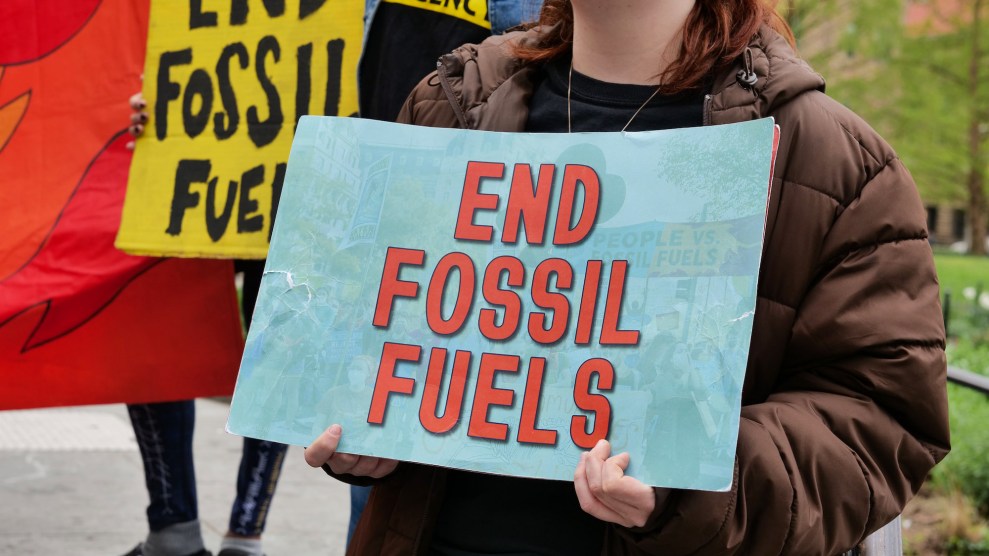
Wikimedia Commons
A new study in Science shows the best way to maximize “miles per acre” from biomass is to convert it to electricity, not ethanol.
Compared to ethanol used for internal combustion engines, bioelectricity used for battery-powered vehicles would deliver an average of 80 percent more miles of transportation per acre of crops, while also doubling the greenhouse gas offsets to mitigate climate change.
“It’s a relatively obvious question once you ask it, but nobody had really asked it before,” says study co-author Chris Field, director of the Department of Global Ecology at the Carnegie Institution.
The researchers performed a life-cycle analysis of bioelectricity versus ethanol technologies, taking into account the energy produced and also the energy consumed in each.
Bioelectricity was the clear winner in the transportation-miles-per-acre comparison, regardless of whether the energy was produced from corn or from switchgrass.
A small SUV powered by bioelectricity could travel nearly 14,000 highway miles on the net energy produced from an acre of switchgrass. A comparable internal combustion vehicle could only travel 9,000 miles on the highway.
“The internal combustion engine just isn’t very efficient, especially when compared to electric vehicles,” says lead author Elliott Campbell of the U of California Merced. “Even the best ethanol-producing technologies with hybrid vehicles aren’t enough to overcome this.
While the results of the study clearly favor bioelectricity over ethanol, the researchers caution the issues facing society in choosing an energy strategy are complex.
“We found that converting biomass to electricity rather than ethanol makes the most sense for two policy-relevant issues: transportation and climate,” says David Lobell of Stanford’s Program on Food Security and the Environment. “But we also need to compare these options for other issues like water consumption, air pollution, and economic costs.”













